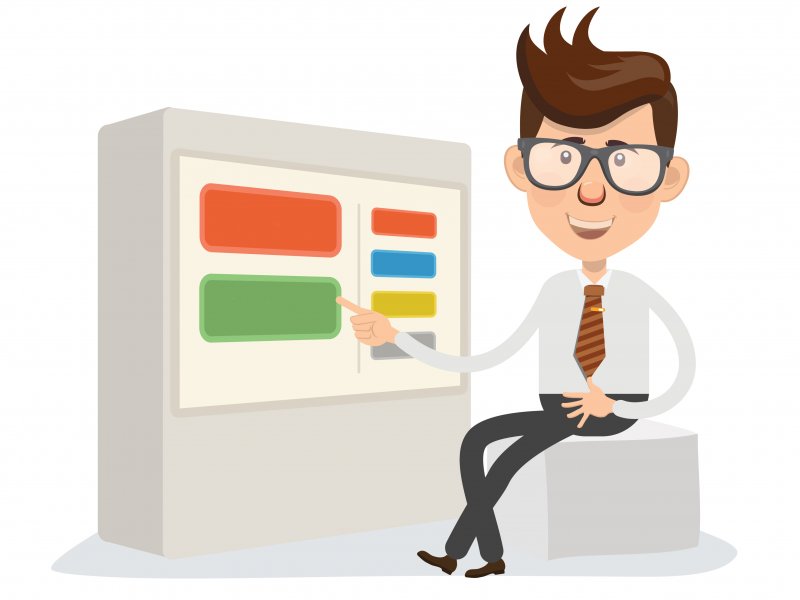Buying digital assets is becoming increasingly popular with the advancements in technology. Knowing how to navigate the purchasing process is critical, whether cryptocurrency, NFTs, or other forms of digital property. This guide provides a transparent, straightforward approach to effectively understanding how to buy digital assets.
What Are Digital Assets?

Understanding what digital assets are is the first step towards making informed purchases. Digital assets are any items of value that exist electronically.
This category includes cryptocurrencies, digital collectibles such as NFTs, and other digital goods. With the growing interest in digital assets, many individuals are exploring ways to buy crypt to invest or engage with new technology.
How to Choose the Right Platform?
When buying digital assets, selecting the right platform is crucial. Various platforms offer different features and levels of security. Choosing a platform that meets your objectives and guarantees a safe and secure transaction environment is critical.
Before deciding, consider aspects such as platform reputation, security measures, and user experience. Additionally, evaluate the platform’s customer support and ease of use to ensure you can navigate any issues or questions that may arise efficiently. Also, review fees associated with transactions to avoid unexpected costs.
Steps to Start Investing in Digital Assets
Once you have a thorough understanding of the market, it is important that you start steadily with your investment. Here are the steps that you will need to follow to buy virtual assets:
Create and Verifying Your Account
Once you’ve selected a platform, the next step is to create an account. This generally involves providing personal information and undergoing a verification process. Verification guarantees the security of transactions and aids in the prevention of fraud.
You’ll need to submit identification documents and complete the KYC verification steps as required by the platform. Additional protection can entail confirming your phone number and email address.
Fund Your Account
Before you can buy digital assets, you need to fund your account. Usually, this entails making a bank account transfer or utilising another authorised payment method. Different platforms may offer various funding options, such as credit cards, bank transfers, or even cryptocurrencies.
Reviewing these options beforehand can help streamline the process. To ensure everything goes as planned, pay attention to any fees related to funding sources and adhere to the platform’s instructions for contributing funds.
Make the Purchase
With your account funded, you’re ready to buy digital assets. The purchasing process will vary depending on the asset and platform. For example, buying cryptocurrency typically involves selecting the asset, specifying the amount, and confirming the transaction.
Some platforms may offer additional features like limit orders or recurring purchases. Familiarising yourself with these options can streamline your buying experience and ensure you make informed decisions.
Managing Your Digital Assets
After buying digital assets, it is crucial to manage them effectively. This involves monitoring their value, securing your investments, and staying updated about market trends. Regularly checking your assets to understand how they fit into your overall financial strategy.
It can help you make the most of your investments. If you decide to buy crypt or other virtual assets, engaging with industry news and seeking expert advice can provide valuable insights for better decision-making.
Although purchasing digital assets might appear complicated at first, it can be simplified by breaking the process down into phases. From choosing the right platform to managing your investments, understanding each phase can help you invest confidently.
Additionally, staying updated on market trends and technological advancements will help you make better decisions and adapt to changes in the digital market.

